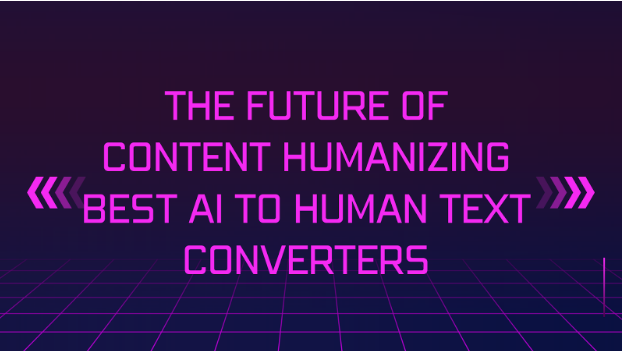The tech world is buzzing with excitement over the growing influence of ChatGPT, and the alleged challenge Google faces from rivals like Microsoft Corp. and OpenAI in the realm of search engines. However, amid this hype, we must not overlook the groundbreaking advancements in computing that are poised to shape our future, far beyond the quest for the best tax advice website.
The ultimate frontier in the world of science and technology is quantum computing, a realm still decades away from becoming a reality. Yet, Google’s parent company, Alphabet Inc., made a remarkable stride forward just last month by addressing a critical issue in this nascent field: accuracy.
Traditionally, all computing has operated within the confines of binary code. Data is stored as either a 1 or a 0, with these binary units, known as bits, forming the foundation for all calculations. For instance, the number 8 is represented as 1000 in binary and requires 4 bits for storage. While this binary system is straightforward and precise, it is undeniably slow and unwieldy. For nearly seven decades, silicon chips have been the cornerstone of storing and processing these bits.
In contrast, quantum bits, or qubits, possess the extraordinary capability to store information in multiple states simultaneously, essentially being both 1 and 0 at the same time. This breakthrough opens the door to processing vast amounts of data within a given timeframe. However, qubits come with their own set of challenges. They demand extremely low temperatures, just slightly above absolute zero, and are incredibly sensitive to external factors, even the faintest hint of light. Moreover, they are susceptible to errors, a major concern in the field of computing.
Google claims to have achieved a significant milestone in the domain of quantum error correction, as detailed in a paper published in Nature last month. The approach is elegantly simple: scientists store information across multiple physical qubits instead of relying on individual ones, treating this cluster as a single entity, termed a logical qubit.
Google’s hypothesis was that consolidating a larger number of physical qubits into a single logical qubit would substantially reduce the error rate. Their research, expounded in a blog post by CEO Sundar Pichai, confirmed their theory. A logical qubit formed from 49 physical qubits outperformed one composed of only 17.
Admittedly, the concept of dedicating 49 qubits to manage a single logical qubit might seem inefficient, if not excessive, akin to safeguarding your precious photos on 49 separate hard drives just to ensure that one remains error-free. However, in the context of the vast potential of quantum computing, these incremental steps represent monumental progress.
More importantly, Google’s breakthrough lays the foundation for broader scientific advancements in fields like materials science, mathematics, and electrical engineering. These disciplines will be instrumental in the realization of an actual quantum computer, capable of solving problems that defy current computational limits, a phenomenon known as quantum supremacy. Four years ago, Google demonstrated its strides in this direction by completing a test in a mere 200 seconds, a task that would take conventional supercomputers thousands of years to accomplish. This milestone underscores the tangible progress made on the path to quantum supremacy.
As the world anticipates the dawn of quantum computing, it is essential to acknowledge Google’s pioneering efforts in quantum error correction. These strides not only bring us closer to the realization of quantum supremacy but also empower diverse scientific domains to explore new horizons. The future holds the promise of a quantum-powered era, where problems once deemed insurmountable will crumble in the face of revolutionary computational capabilities.









Leave a Reply